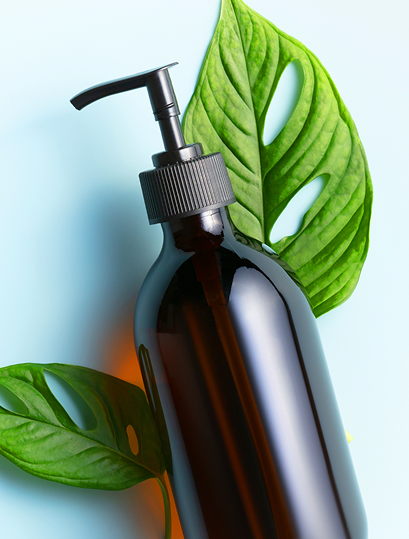Recently, a Turkish research group [1] argues that despite significant progress towards sustainable cosmetics, mass-produced sustainable packaging has proven to be a challenge. The complexity of environmental, economic, social, technological, and policy considerations, along with varying consumer behaviors and corporate goals, makes it difficult to select an optimal strategy across heterogeneous supply-chain components worldwide. Meanwhile, the cost and effort of developing, testing, and validating alternative strategies discourages empirical exploration of potential alternatives. In this article, Pierre Trinh, sustainability researcher at The Skynth, will review those complex challenges and, whenever possible, suggest sustainable initiatives to overcome the market-based problems the world is facing.
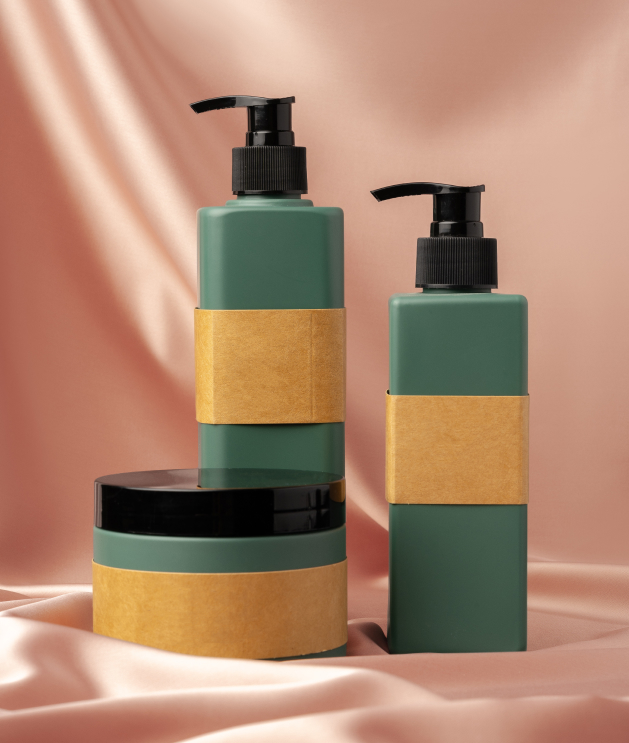
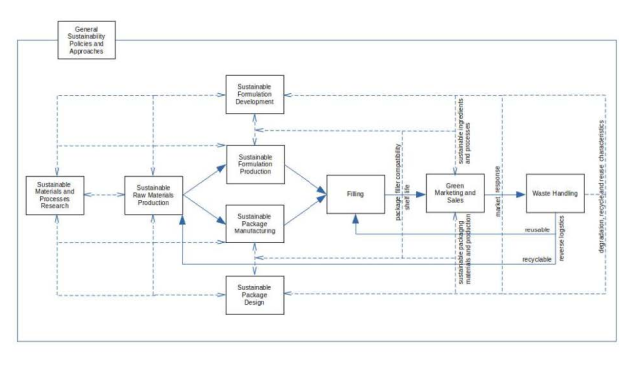

What is the problem with cosmetic
packaging?
Since the 1970s, the cosmetics industry [2] has faced concerns in terms of health, environmental impact, and animal testing, including for its packaging sector. Caruana, from the University of Twente, mentioned that popular brands typically do not offer sustainably-packaged color cosmetics, leading to “consumer helplessness in this regard and a belief that changes should be led by cosmetics producers and government regulatory action.” [3]
Therefore, it is important to learn from the variety of reliable literature that has been accumulated in areas of environmental protection strategies and sustainable packaging to identify promising directions as well as potential pitfalls.
First, we need to understand a typical process of conventional cosmetic manufacturing.
Although in theory seems safe, almost every step in cosmetic manufacturing impacts sustainability at an environmental, social, and economic level. In tradition, packages are designed based on customers’ specific demands in terms of shape, size, color, etc. Packaging production is typically outsourced, while raw materials flow from suppliers to packaging producers. The product is then filled, distributed, and commonly traded without any consideration of the end-of-use stage.
Packaging materials play a crucial role and can vary depending on the brand, the product formulation, quality, and availability. Most cosmetic products are still distributed in plastic packaging, considering its flexibility, good strength to protect the cosmetic products, and a cheaper alternative; nevertheless, this is the critical issue sustainability practices are trying to eradicate; although not easily substitutable, these remain the number one threat to biodiversity and pollution. Although several global initiatives have been developed by recognized brands to decrease their usage, in most companies, feedback at any stage is related to quality issues and delivery schedules. Each stage represents a set of activities and potentially global supply chains.
Multiple companies may supply materials and parts to a packaging manufacturer, who may also outsource several production steps. Depending on their business models, many cosmetics companies regularly add new products, while others may not. Although the materials and manufacturing processes are well-understood, attempts to change packaging materials based on customer demand or cost considerations can be problematic.
Therefore, even if the consumers appeal for sustainable options, the manufacturers have no consistent incentive to achieve those, urging the needs of an innovative process.

A circular business model is a commonly employed system by businesses attempting to reduce the environmental impact manufacturing brings, going around the typical linear models based around getting resources → making products → selling them → throwing them away when they are no longer usable, while circular business will go in a full circle, maximizing resources and forcing the manufacturers to make products sustainable enough to maintain it [4]. In order to develop circular business models, processes and products need to be redesigned and harmonized across the supply chain in view of sustainability regulations and frameworks [5].
Meanwhile, novel packages, formulations, and additives are some of the concerns that must be validated for compatibility in terms of functional requirements such as their shelf life, health, and environmental impact, further focusing on the waste-handling infrastructure [6][7].
A transdisciplinary framework is important for the circular bioeconomy with increasing digitalization and technological convergence. Cross-industry innovation is a significant part of open-source development, including for areas such as cosmetics, personal care, chemicals, and plastics. Still, it is essential to see opportunities and challenges while operating such an innovative process.
Current Potential Areas for Improvement.
Biodegradable plastics have been proposed as a solution to traditional petroleum-based polymers, while their degradation in marine environments has not been studied extensively [21]. The European Commission, in 2001, defined CSR as “a concept whereby companies integrate social and environmental concerns in their business operations and their interaction with stakeholders”. While the market approach shifted to encouraging CSR with enthusiastic industry support, at least in part to forestall regulatory and legal interventions, growing realization changes would be needed in existing economic activities [22].
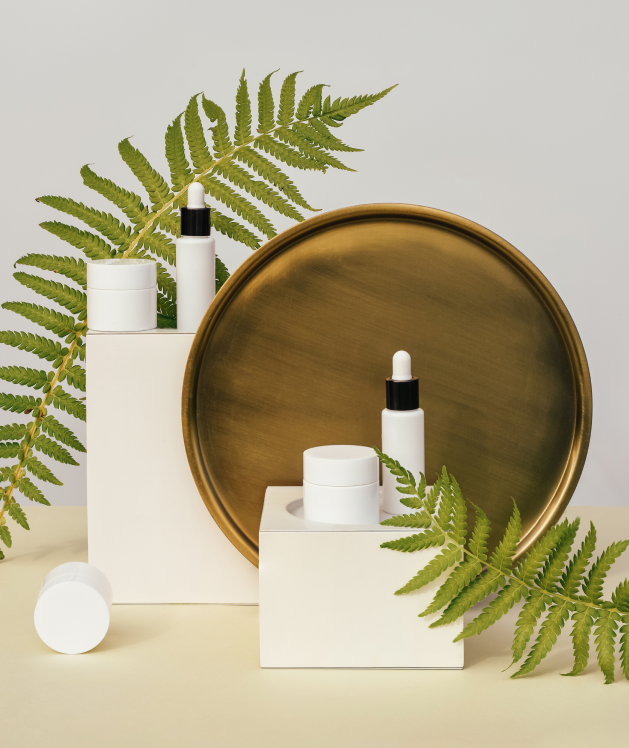
An integrated design strategy incorporating technical models at various scales, from molecular to macro-level, as well as process, product, consumer, and business models, is needed for emulsified cosmetic products.
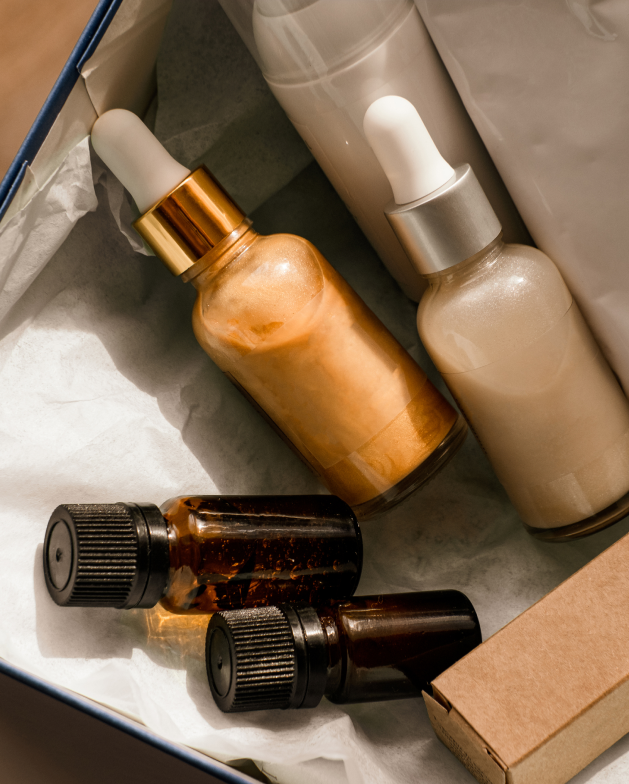
- “Social marketing” to change human behavior;
- “Demarketing” to discourage use of goods such as energy in times of shortage has also arisen;
- “Critical marketing” reflects a criticism of marketing in general, including its existence;
- “Positive marketing” is all actions that create value for firms, customers, and society.
Meanwhile, ISO-16128 has been introduced as a means towards unifying some of the concepts but can create further confusion across jurisdictions, such as due to the inclusion of GMOs in natural products [23]. Furthermore, materials claimed to be 100% biodegradable were found to degrade approximately 8% in the digestive tracts of turtles, while in another study only four of the six materials claimed to be biodegradable actually turned out to be so, indicating misuse of the term.
